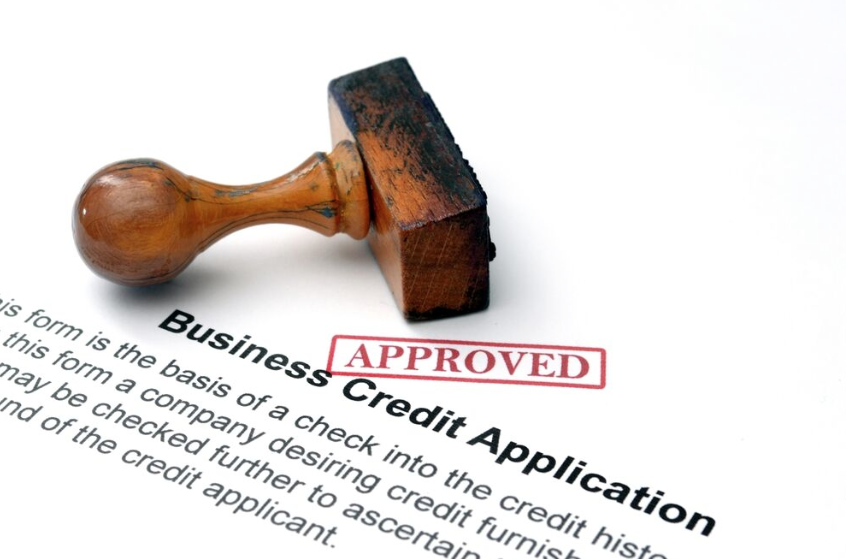
Every small business owner sometimes faces situations where they need quick access to capital to address immediate needs—sometimes those needs involve solving a near-term challenge, but often they are to take advantage of opportunities. Establishing a business line of credit is one way many business owners prepare for those immediate cash needs.
A business line of credit (or LOC) is a revolving loan that provides a business owner access to financing up to a fixed limit that he or she can use, repay, and use again as needed. LOCs come in two flavors:
- Secured: A secured business line of credit requires the business owner to pledge assets as collateral to secure the line. If the borrower is unable to repay, the lender can look to take ownership of the collateral and liquidate the asset to pay off the balance.
- Unsecured: An unsecured business line of credit does not require collateral—as a result, many lenders will require a stronger credit profile and a longer business track record. Additionally, the interest rates on an unsecured business line of credit could be higher. Unsecured credit lines are typically smaller than secured credit lines.
Term Loans and Credit Lines are Different
While both a term loan and a line of credit are popular ways for many small business owners to fund short-term capital needs—they are different. In fact, some business owners will use a term loan to borrow for a specific project and maintain a line of credit for incidental short-term needs that crop up.
A term loan is a fixed amount of funds borrowed and repaid over a specific time period. The business owner takes the proceeds of a term loan in one lump sum. The loan is repaid in a pre-arranged schedule of periodic payments that typically stay consistent over the course of the loan (assuming a fixed rate).
A business line of credit is more flexible. Businesses are given a credit limit they can borrow against as needed, repay the balance, and borrow again—during the term of the credit line. Payments can vary according to the current balance of the credit line much like payments on a credit card vary as the balance increases or decreases.
When Would a Business Line of Credit Make Sense for My Business?
If your business encounters occasional, and perhaps unpredictable, short-term capital needs, a line of credit could make sense for your business. Here are a few simple examples of how business owners use a line of credit:
- A seasonal business that generates most of its sales in the summer can use a LOC in the off-season to help cover overhead. The LOC would allow them to maintain normal business activities even as their income fluctuates.
- Some businesses use a LOC to finance short-term needs like a marketing campaign or a relatively small inventory purchase. The balance can be repaid quickly and used again when needed.
- A line of credit can also be used to cover expenses while waiting for clients to pay their accounts receivables—making it a useful cash management tool.
Does My Business Qualify and Where Can I Find a LOC?
Many lenders (including most major banks, credit unions, and online lenders) are reluctant to offer a business line of credit to a business without a well-established and reasonably strong credit profile. They prefer established companies with a track record and revenues to support the more flexible financing provided by a line of credit. Credit limits will vary depending on the lender, a business’ credit profile, and time in business. If you have a weak credit profile, taking action to strengthen your profile is a good first step to qualify for the flexibility of a line of credit.
Before You Apply
Before opening a business line of credit, make sure you understand your lenders loan conditions, interest rates, and fees:
- There may be fees associated with account set-up, transactions, and annual fees. For example, a lender may charge a fee to open the line with no annual fee for the first 12 months, with an annual fee beginning in the second year.
- Many lenders require the borrower to pay down their outstanding balance to $0 at some point during the year. This confirms for the lender that the business owner is generating sufficient cash flow to operate independent of the line of credit.
- Because of the unpredictable nature of the market, lenders will reserve the right to call a LOC payable immediately. This means your full balance would need to be paid, and your LOC reduced to zero without warning. Depending on the timing, this could be problematic for a business owner dependent on the credit line—so it’s important to be prepared should the market change and understand when your lender can call your line of credit payable immediately.
A business line of credit is another tool available to help business owners’ access capital when they need it for appropriate purposes. If you’d like to learn more about a business line of credit from OnDeck, click HERE.